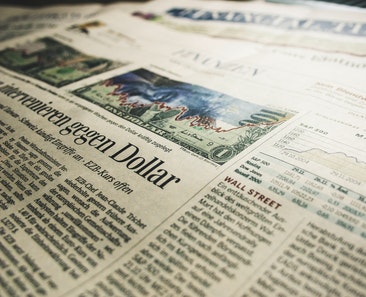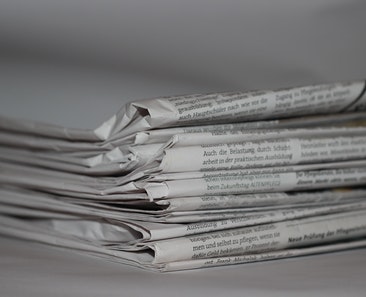Inflation up in June report
WASHINGTON — Inflation rose last month to its highest level since February as President Donald Trump’s sweeping tariffs push up the cost of everything from groceries and clothes to furniture and appliances.
Consumer prices rose 2.7% in June from a year earlier, the Labor Department said Tuesday, up from an annual increase of 2.4% in May. On a monthly basis, prices climbed 0.3% from May to June, after rising just 0.1% the previous month.
Worsening inflation poses a political challenge for Trump, who as a candidate promised to immediately lower costs, but instead has engaged in a whipsawed frenzy of tariffs that have jolted businesses and consumers. Trump insists that the U.S. effectively has no inflation as he has attempted to pressure Federal Reserve Chair Jerome Powell into cutting short-term interest rates.
Yet the new inflation numbers make it more likely that the central bank will leave rates where they are. Powell has said that he wants to gauge the economic impact of Trump’s tariffs before reducing borrowing costs.
Excluding volatile food and energy, core inflation increased 2.9% in June from a year earlier, up from 2.8% in May. On a monthly basis, it picked up 0.2% from May to June. Economists closely watch core prices because they typically provide a better sense of where inflation is headed.
The uptick in inflation was driven by a range of higher prices. The cost of gasoline rose 1% just from May to June, while grocery prices increased 0.3%. Appliance prices jumped for the third straight month. Toys, clothes, audio equipment, shoes, and sporting goods all got more expensive, and are all heavily imported.
“You are starting to see scattered bits of the tariff inflation regime filter in,” said Eric Winograd, chief economist at asset management firm AllianceBernstein, who added that the cost of long-lasting goods rose last month, compared with a year ago, for the first time in about three years.
Winograd also noted that housing costs, a big inflation driver since the pandemic, have continued to cool, actually holding down broader inflation. The cost of rent rose 3.8% in June compared with a year ago, the smallest yearly increase since late 2021.
“Were it not for the tariff uncertainty, the Fed would already be cutting rates,” Winograd said. “The question is whether there is more to come, and the Fed clearly thinks there is.”
Some items got cheaper last month, including new and used cars, hotel rooms, and airfares. Travel prices have generally declined in recent months as fewer international tourists visit the U.S.
A broader political battle over Trump’s tariffs is emerging, a fight that will ultimately be determined by how the U.S. public feels about their cost of living and whether the president is making good on his 2024 promise to help the middle class.
The White House pushed back on claims that the report showed a negative impact from tariffs, since the cost of new cars fell despite the 25% tariffs on autos and 50% tariffs on steel and aluminum. The administration also noted that despite the June bump in apparel prices, clothing prices are still cheaper than three months ago.
“Consumer Prices LOW,” Trump posted on Truth Social. “Bring down the Fed Rate, NOW!!!”
Cassidy Grom, 29, her husband, and his mother are eating out less and try to stretch grocery store rotisserie chickens as far as possible, using them in salads and the bones for soup.
“It feels like a miracle if I’m able to leave the grocery store without spending $100,” the Edison, New Jersey resident said. “We’re trying to save for a house, we’re trying to save for a family, so prices are really on our mind.”



